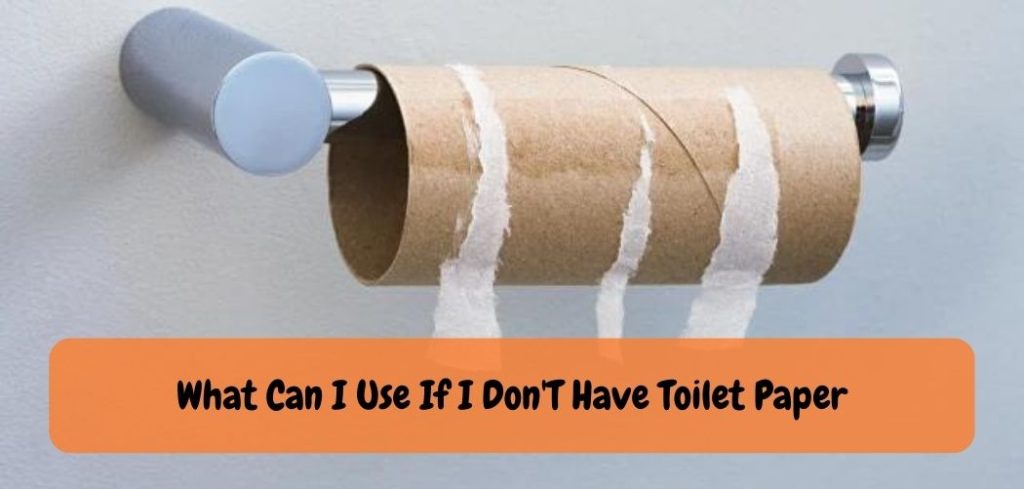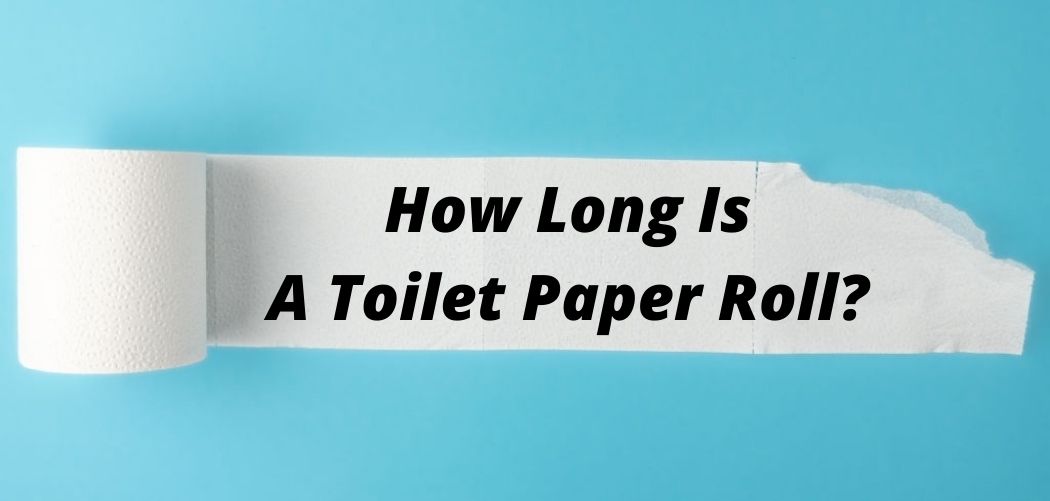Toilet paper is a widely used tool for maintaining personal hygiene after using the bathroom, providing a convenient and effective way to clean oneself. However, there may be situations where toilet paper is not readily available or accessible.
In such cases, the question arises: How do you dry without toilet paper? This article explores alternative methods and practices for drying oneself after using the toilet when traditional means are not available.
From air drying to using different materials, we will delve into the options to help you navigate these situations and ensure proper hygiene. So, if you’ve ever wondered about alternatives to toilet paper for drying purposes, read on to discover helpful insights and solutions.
The Guide: Do You Dry Without Toilet Paper
Toilet paper is a common tool for drying oneself after using the bathroom, but there may be occasions when it is not available or accessible. In such situations, it becomes necessary to explore alternative methods for drying without toilet paper.
This informative guide aims to provide insights and practical solutions for maintaining proper hygiene even when traditional means are not at hand. We will explore various alternative drying methods, materials, and best practices to help you navigate these situations effectively.
1. Air Drying:
a. Natural Air Drying: Allowing the genital and anal areas to air dry naturally can be a simple and effective option. It is important to ensure proper ventilation and cleanliness of the surrounding environment.
b. Gentle Patting: Instead of wiping, gently pat the area with clean hands or a dry, soft cloth to aid in air drying.
2. Alternative Materials:
a. Towels: A clean, dry towel can be used to gently pat the area dry after using the bathroom. Ensure that the towel is dedicated for personal use, regularly washed, and hygienic.
b. Cloth: Soft, clean cloth or reusable wipes can be used as an alternative to toilet paper. These materials should be washed thoroughly after each use to maintain hygiene.
c. Tissues: In the absence of toilet paper, tissues can serve as a temporary substitute. However, it is important to ensure that they are clean and free from fragrances or lotion additives that may cause irritation.
3. Hygiene Considerations:
a. Hand Washing: Prioritize proper hand hygiene before and after using any alternative drying method to minimize the risk of contamination.
b. Cleanliness: Ensure that any alternative material used for drying is clean and free from dirt, bacteria, or other contaminants to maintain hygiene.
c. Personal Comfort: Consider your personal comfort level when using alternative drying methods. Experiment with different materials and techniques to find what works best for you.
4. Travel or Emergency Situations:
a. Wet Wipes: Carry individually wrapped, unscented wet wipes in your bag or travel kit for convenience in situations where traditional drying methods are unavailable.
b. Portable Bidets: Consider investing in portable bidets or travel-sized sprayers that can provide a gentle stream of water for cleaning and aid in the drying process.
5. Improvisation and Adaptation:
a. Resourcefulness: In unexpected circumstances without toilet paper, be resourceful and creative. Look for available alternatives like leaves, newspaper, or even water to aid in drying.
b. Preparedness: It can be helpful to keep a small supply of alternative materials, such as cloth or tissues, in your bag or emergency kit for unexpected situations.
How Do You Dry Yourself Without Toilet Paper?

There are many ways to dry yourself without toilet paper. You can use a washcloth, or a towel made from natural fibers like cotton or bamboo. A hand-held bidet is another option; some come with air dryers that blow warm air on your skin for faster drying.
If you don’t have access to any of these materials, you can also pat yourself dry with the palms of your hands and then rub them vigorously together until they become almost completely dry. Additionally, it’s important to remember that wiping too hard can cause irritation, so make sure you’re gentle when applying pressure during the drying process. It may take longer than using toilet paper but if done correctly it should be just as effective!
What Can I Use If I Don’T Have Toilet Paper?

If you find yourself without toilet paper and in a pinch, there are many alternatives that can help get you through the situation. One of the most effective options is using tissues or facial tissues to clean up after using the bathroom. Tissues are soft enough for sensitive areas and come in large quantities, so they’re easy to keep on hand just in case.
If this option isn’t available, old newspapers or magazines also work well as an alternative form of cleaning material. Paper towels or kitchen roll will also do the job but may not be as soft as other options so use caution when selecting these items. Additionally, some people opt for reusable cloths which can be washed and reused over time – although it’s best to dedicate one rag specifically for this purpose rather than mixing it with your regular laundry!
Ultimately, if none of these options are viable then simply ensuring proper hygiene practices such as washing hands with soap and warm water should suffice until more suitable materials become available again.
How to clean yourself without toilet paper or tabo
Conclusion
While toilet paper is the go-to option for drying oneself after using the bathroom, there may be instances where it is not accessible or available. In this article, we have explored alternative methods and practices for drying without toilet paper. From air drying to using different materials like cloth or towels, there are options to maintain proper hygiene even in the absence of toilet paper.
It’s important to consider practical factors such as availability, convenience, and personal comfort when deciding on an alternative drying method. Air drying can be a natural and convenient option, especially in well-ventilated areas. If using other materials like cloth or towels, it is crucial to ensure cleanliness and proper washing to avoid any potential contamination or irritation.
Remember, the key to maintaining proper hygiene is thorough cleansing and ensuring a dry and clean state after using the bathroom. When toilet paper is not available, being resourceful and adaptable can help you find suitable alternatives.
While toilet paper remains the most widely used option, it’s valuable to be aware of alternative methods for those times when it is not accessible. By considering different drying techniques, being prepared with alternative materials, and practicing good hygiene practices, you can ensure cleanliness and comfort even without toilet paper.
Ultimately, the goal is to maintain proper hygiene and adapt to different circumstances. So, whether you find yourself in a situation without toilet paper or simply exploring sustainable alternatives, remember to prioritize cleanliness, comfort, and practicality.









